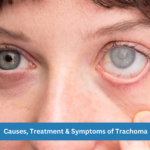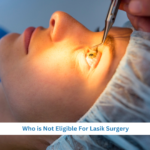Why People With a Perfect Vision also need an Eye Examination ?
This is a myth that most patients carry with them. Patients often say this when they present to the OPD for some problem. They think they can read clearly so they don’t need an eye examination.
When patients with ‘perfect vision’ come, we should first understand what a ‘perfect vision’ means.
Seeing clearly means seeing the vision chart which is Snellen’s Vision Chart. It measures the central vision only. The 6/6 or 20/20 vision is the central vision. Many diseases like Glaucoma affect peripheral vision and central Vision is preserved till last. Peripheral Vision cannot be tested by standard OPD machines as the peripheral vision of one eye is compensated by the other eye. One does not know if peripheral vision has gone until perimetry is done. Perimetry is the test that maps our field of vision.
In Glaucoma the vision loss is irreversible and once the loss of vision starts it can’t be reversed. In early disease, peripheral vision is affected and loss of central vision is last to go. A patient can read the vision chart until the last.
In a disease like diabetic retinopathy, peripheral retina is affected due to sugar. Thus, there is no visual change in early disease. The slow death of the retina keeps on occurring until vision is lost. Once the vision loss occurs the disease has already progressed to an irreversible stage.
The patient doesn’t know if his peripheral vision is affected and is under the false notion that vision is great.
It is also not uncommon for doctors to see a patient having good vision in one eye while another eye has been lazy for whole his life. The good eye has been compensating for the lazy eye and the patient is under the false impression that he has a great vision. Some other genetic diseases also affect the peripheral vision, that too, at a particular age. So, regular check-up of eyes is important, despite having a great vision.






No Comments